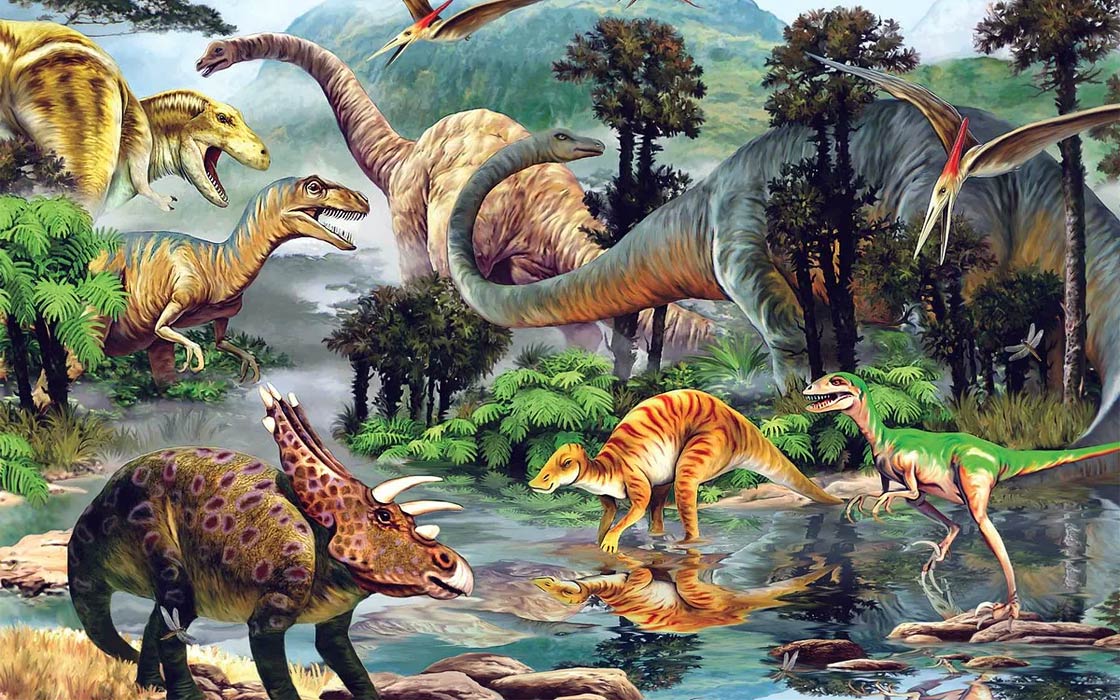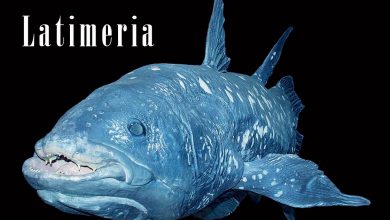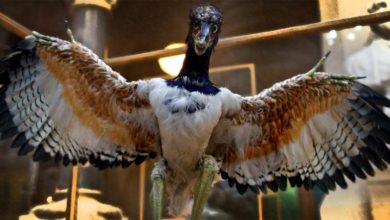Dinosaurs – myths and reality
Dinosaurs (Dinosauria) – Myths and Facts
Dinosaurs are the most famous group of Mesozoic reptiles
The Mesozoic Era – the age of the dinosaurs lasted from about 233 million to 65 million years ago. Dinosaurs appeared in the Triassic, reigned supreme in the Jurassic and ended their stay on our planet during the Great Cretaceous Extinction. The first species of dinosaurs were described by the English around 1820, and in 1842 by prof. Richard Owen coined the name Dinosauria (Greek for “terrible lizards”).
To be more precise – birds are modern feathered dinosaurs, having evolved from earlier theropods during the Late Jurassic epoch. Birds were the only dinosaur lineage to survive the Cretaceous–Paleogene extinction event 66 million years ago. Dinosaurs are divided into avian dinosaurs, or birds; and non-avian dinosaurs, which are all dinosaurs other than birds.

Dinosaurs are divided into:
- Saurischia
- Ornithischia
For the purposes of our website, we have divided into dinosaurs:
More than 2,900 described species of dinosaurs
To this day, more than 1600 genera and more than 2,900 species of dinosaurs have been named, but some descriptions, as it turns out, refer to different parts of the skeleton of animals of the same species, and some, after closer examination, have been classified into other groups. However, there are still several hundred types of reliably described dinosaurs, which is, however, only a small fraction of the thousands of species that inhabited the Earth millions of years ago. Their remains are known from all continents, including Antarctica.
Were all the dinosaurs big?
Not all dinosaurs were giants like Alamosaurus, Amphicoelias, Argentinosaurus or Sauroposeidon, but some have set unbeatable records of size to this day – see: The Largest dinosaurs. At the other extreme, among the dinosaurs were animals the size of a chicken – see The Smallest dinosaurs. All dinosaurs began life as small chicks, hatching from eggs with hard shells.
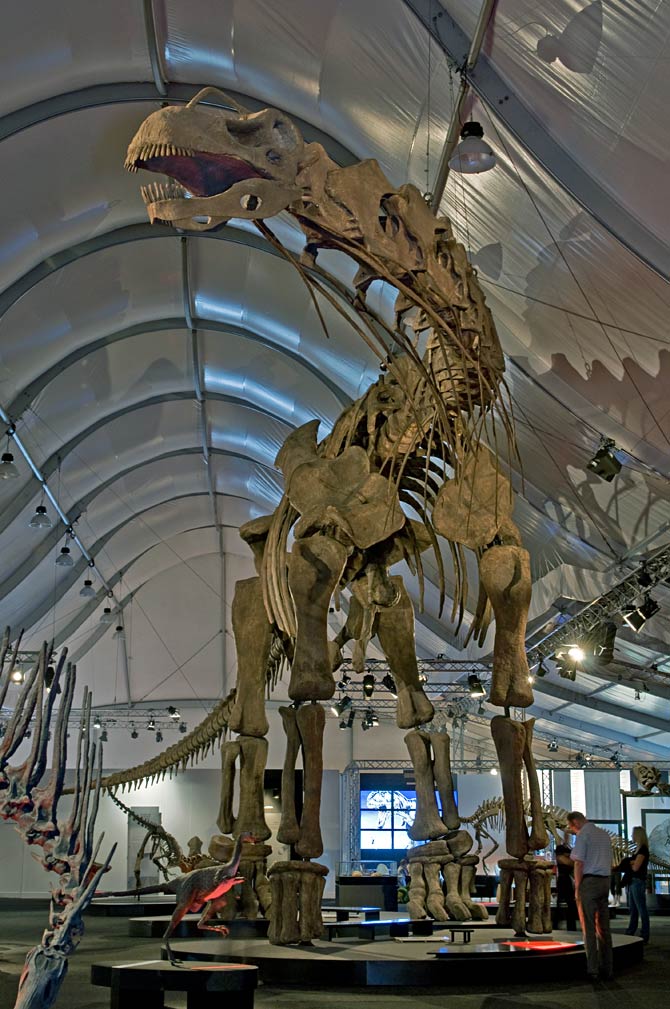
Dinosaurs – typically terrestrial animals
Dinosaurs were terrestrial animals typically (although probably could swim, like most vertebrates). They walked on two or four legs supporting the torso vertically, as in mammals and birds, and not placed sideways as in typical reptiles. As evidenced by the fossilized tracks of dinosaurs, they placed their feet close to a line through the center of the body. On the other hand, the absence of a tail trailing furrow indicates that dinosaurs usually raised their tail in the air, using it as a counterweight to the head and neck. Many of them were fast and agile runners – eg. Velociraptor.
Dinosaur paws
Most dinosaurs had five, four or three toes (tyrannosaurs had only two toes in the upper paw, and discovered in Mongolia, Mononykus even one). The hind limbs of predatory dinosaurs were typically bird-like, although sometimes with some modifications (eg Velociraptor’s sickle claw). The fingers were tipped with horn claws, which usually take the form of blunt hooves in Ornithischias.
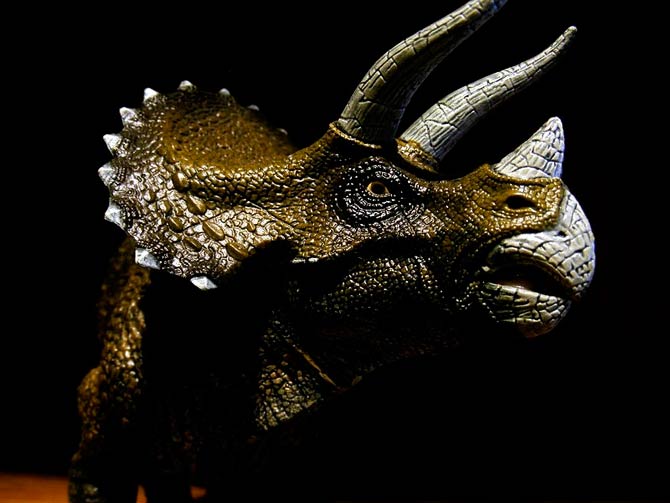
Dinosaur skin
The skin of dinosaurs, the fossil imprints of which have survived in several places to this day, was covered with irregular scales arranged next to each other, similar to those of crocodiles or on the feet of birds, and not overlapping tiles, as in snakes and lizards. Occasionally, calloused tumors and spines appeared, especially in armored dinosaurs, stegosaurs, and some sauropods. These spikes performed defensive functions. Sometimes a low skin crest ran along the back.
Coloring of dinosaurs
Of course, we do not know the color of the dinosaurs. All reconstructions can therefore be treated as an outlet for fantasy or a product of the artists’ intuition. It is believed that the coloring of dinosaurs could have been richer than that of today’s large land mammals, which do not need colored coloring because they are generally color-blind. The bodies of the closest relatives of dinosaurs – birds and reptiles – present a wide range of colors: greens, yellows, blues, reds and purples. Since dinosaurs were visual learners, they could be colored in camouflage, deterrent (eg big “eyes”) or reconnaissance and signaling patterns used by members of the herd to communicate.
Communication and intelligence of dinosaurs
Dinosaurs could also communicate with their voice – for this they probably used bone appendages on their heads (Hadrosaurids / duck-billed dinosaurs). Gregarious lifestyle and in the case of some dinosaurs, for example Tyrannosaurus rex, Velociraptor or Deinonychus, the care for the offspring testifies to a considerable – compared to today’s reptiles – intelligence of dinosaurs.
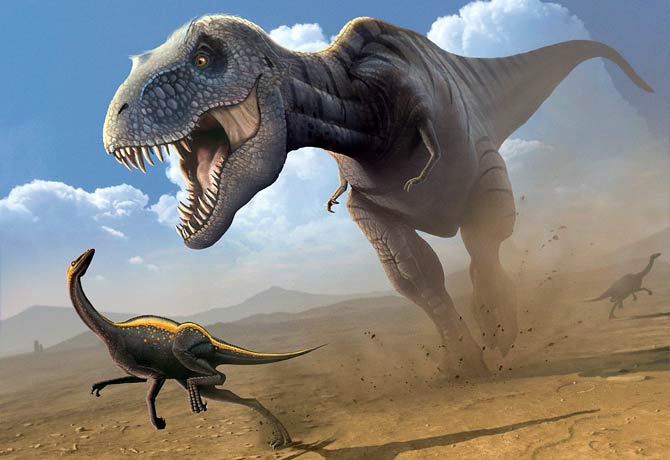
Recommended
- The longest dinosaurs. Sauropods Top 10
- The heaviest dinosaurs – Top 10
- The longest predatory dinosaurs. Theropods Top 10
- The heaviest predatory dinosaurs Top 10
- The longest Ornithischians (Ornithischia) TOP 10
- The heaviest Ornithischians Top 10
- The largest raptors (dromaeosaurs) Top 10
- The heaviest Dromaeosaurids / dromaeosaurs – Top 10
- The longest Ankylosaurus Top 10
- The heaviest Ankylosaurus Top 10
- The longest ceratopsians
- The heaviest cerapsians
- The longest and largest ornithopods
- The heaviest ornithopods Top 10
- The longest Stegosaurians (Stegosauria) TOP 10
- The heaviest Stegosaurians (Stegosauria) Top 10
- The smallest sauropods Top 10
- The smallest dinosaurs Top 10
- The largest pterosaurs Top 10
- Dinosaurs
- Dinosaurs database
- Predatory dinosaurs
- Animals & dinosaurs records
- The fastest animals – Top 100
- The fastest birds – Top 10

